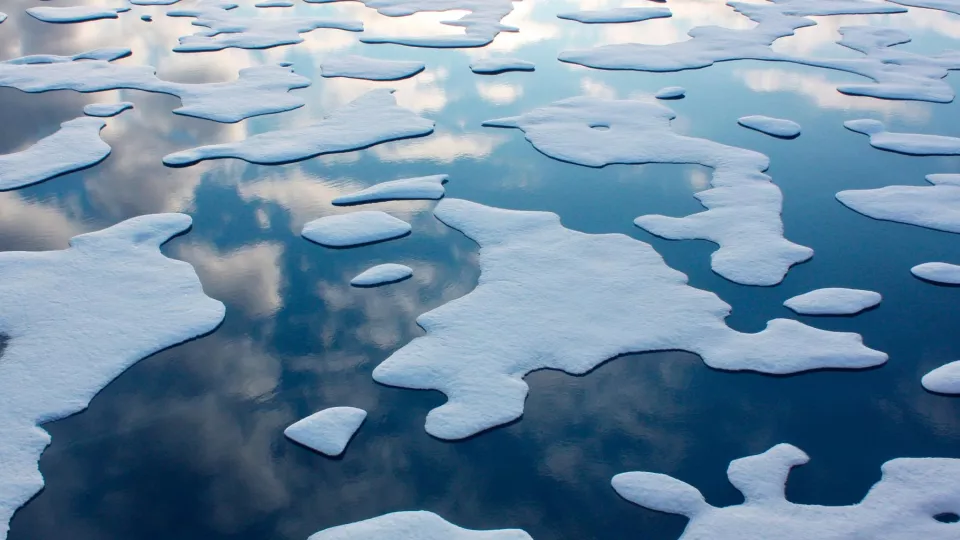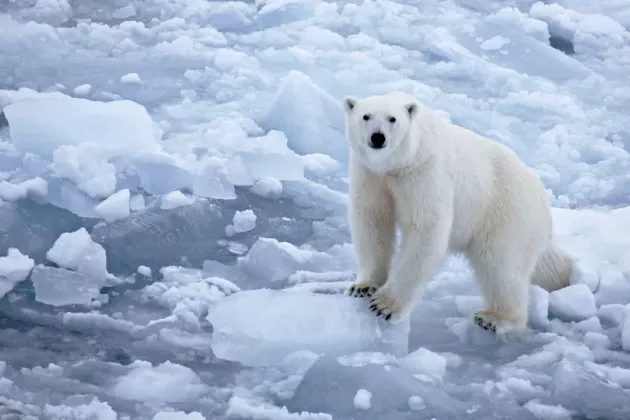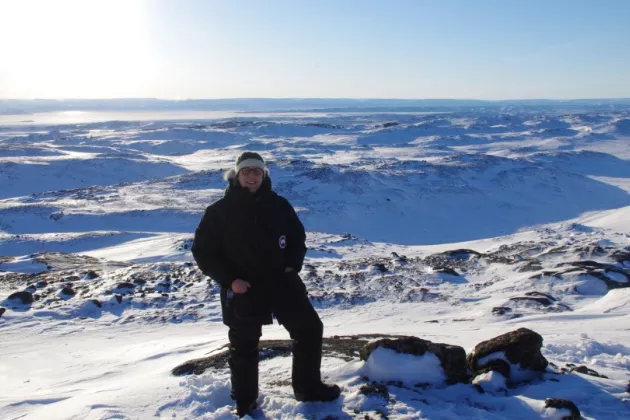It is well known from research that climate change has contributed to a doubling of temperatures in the Arctic compared to the global average. It is also known that the rapid warming of the Arctic has caused significant melting of sea ice, resulting in reduced ice cover. A new study involving researchers from the US, China and Sweden, among others, specifically examines the so-called Arctic Marginal Seas (AMS).
- The results show that evaporation from the marginal seas, and the increased moisture supply it brings, has a strong impact on precipitation on land at high latitudes," says Deliang Chen, Professor of Physical Meteorology at the University of Gothenburg, MERGE member and one of the study's authors.
According to the study, the sea ice area in the Arctic Marginal Seas decreased by almost 30 percent from 1980 to 2021 during the cold season, October to March, equivalent to an area of about 2 million square kilometers. This reduction in sea ice accounted for 32 percent of the increase in AMS-originated precipitation on land in the Northern Hemisphere. This means that for every million square kilometers of ice that melts, the contribution of water evaporating from marginal seas and becoming precipitation over land increases by 16 percent.
– This is one of the explanations why many countries experience an increase in extreme weather with heavy rainfall.
Continue reading
The text was originally published at University of Gothenburg's website. Follow the link to read:
Melting Arctic sea-ice affects precipitation patterns | University of Gothenburg (gu.se)




